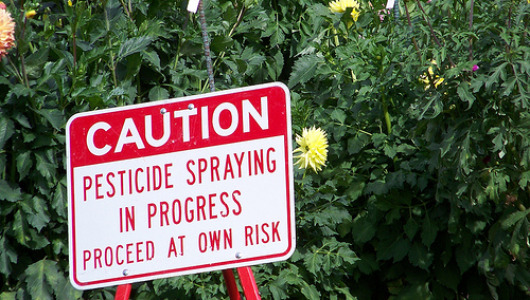 Onchocerciasis is a parasitic disease caused by parasites (nematode) named Onchocerca volvulus. It is transmitted to humans by the bite of the female blackfly (simulium). The disease is also termed “River Blindness” because the vector, which is the blackfly is usually found breeding close to rapidly flowing streams and rivers and because the most devastating manifestation of the infection is blindness. There are 37 million people infected and prevalence is higher in rural areas. It occurs mainly in Sub-Saharan Africa and a few isolated areas in the American countries.
Onchocerciasis is a parasitic disease caused by parasites (nematode) named Onchocerca volvulus. It is transmitted to humans by the bite of the female blackfly (simulium). The disease is also termed “River Blindness” because the vector, which is the blackfly is usually found breeding close to rapidly flowing streams and rivers and because the most devastating manifestation of the infection is blindness. There are 37 million people infected and prevalence is higher in rural areas. It occurs mainly in Sub-Saharan Africa and a few isolated areas in the American countries.
Symptoms of Onchocerciasis
⁻ Skin inflammation that is very itchy and forms papules on the skin
⁻ Nodules in the skin
⁻ Scarred, saggy or dropping areas of skin
⁻ Patch skin depigmentation
⁻ Lymph node inflammation (lymphadenitis)
⁻ Eye (ocular) lesions
⁻ Visual problems (partial or complete blindness)
Onchocerciasis can be treated by using the drug Ivermectin, which is given once or twice a year for about 10-15 years. Doxycycline may also be utilized.
Prevention of Onchocerciasis
There are no vaccines or medications available to prevent Onchocerciasis but the best prevention efforts include personal protection measures against biting insects. This includes
⁻ Wearing insects repellent on exposed skin
⁻ Wearing long sleeves and long trousers during the day when black flies bite
⁻ Spraying
Compiled by
Mabel Kissiwah Asafo
GHANA HEALTH SERVICE, HEALTH PROMOTION UNIT
ASHANTI HEALTH PROMOTION WEEKLY BULLETIN
WEEK 7, August 31, 2015







oncho is transmitted through the bite of mosuitoes, however people are using the free bednets distributed for protecting crops in their farms and also cover refuse on tricycles and trucks.
please let us desist from those acts and prevent onchocerciasis